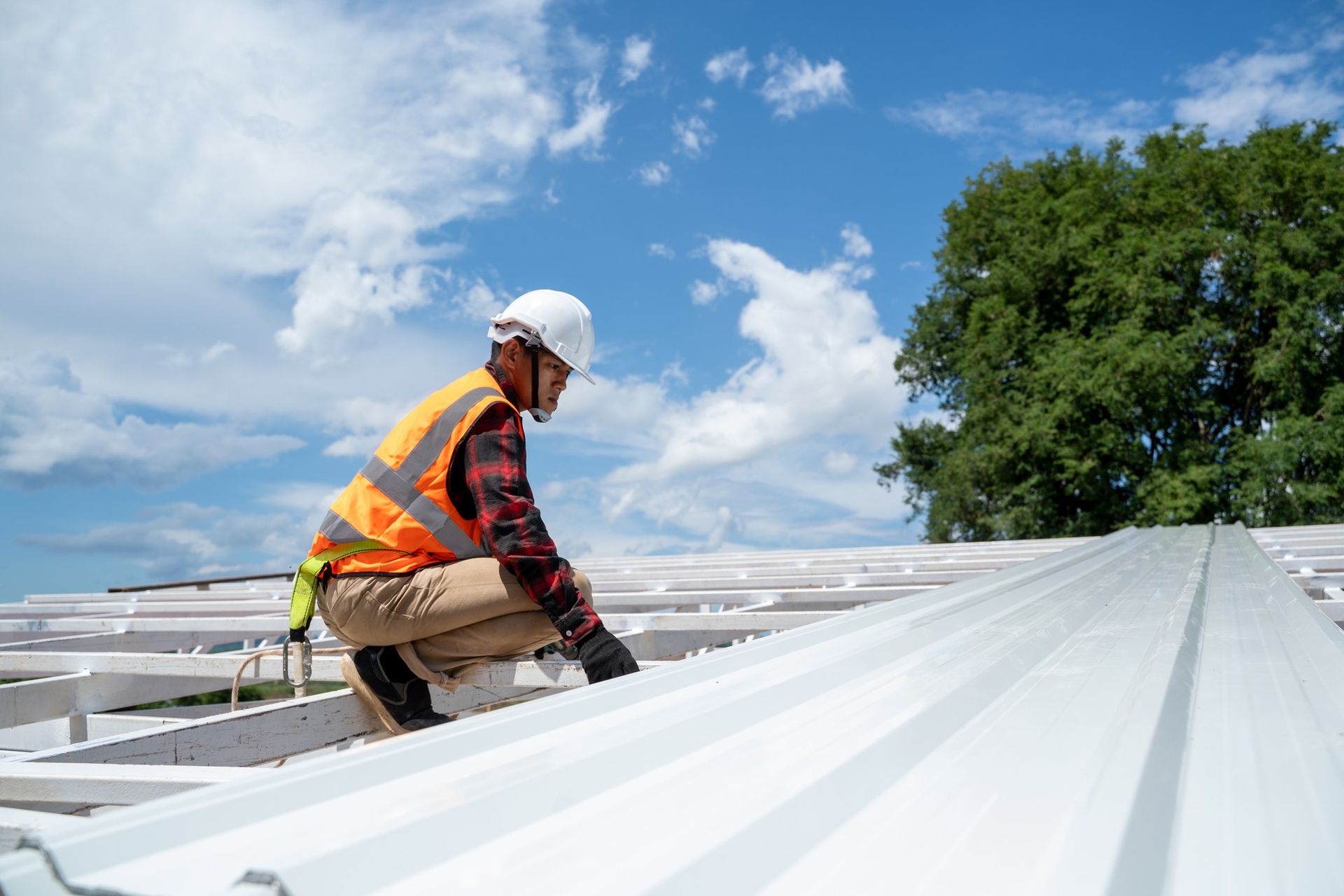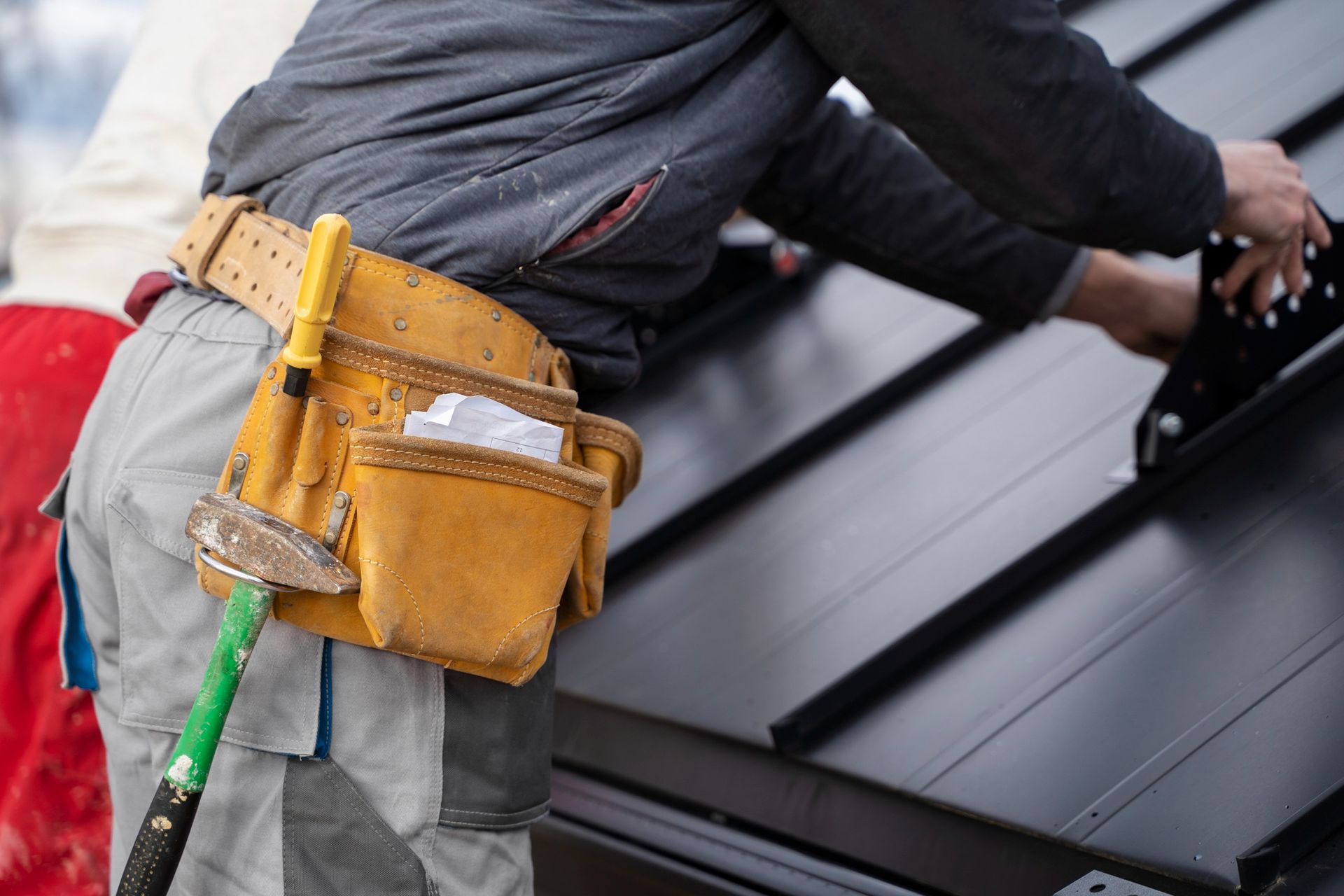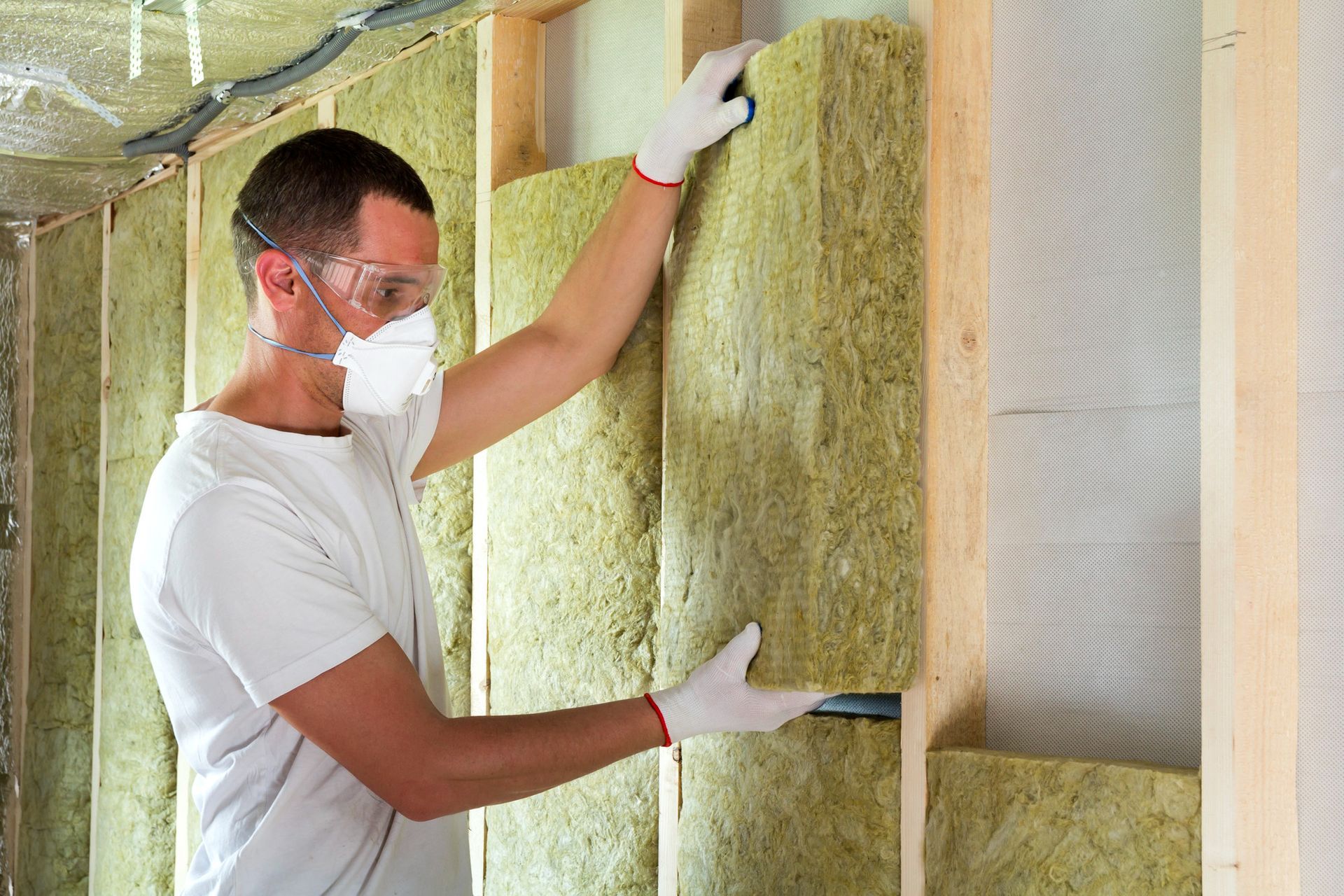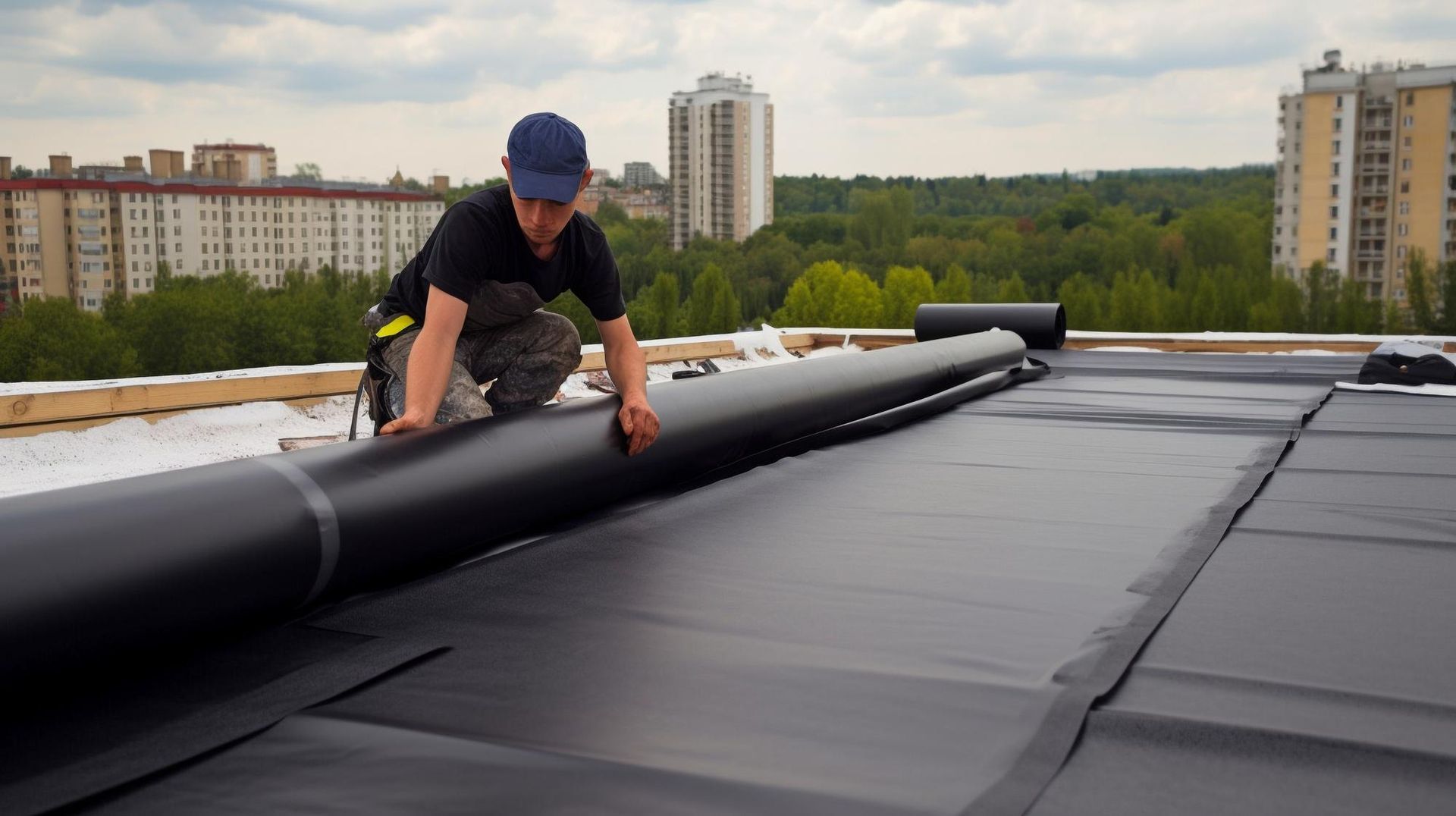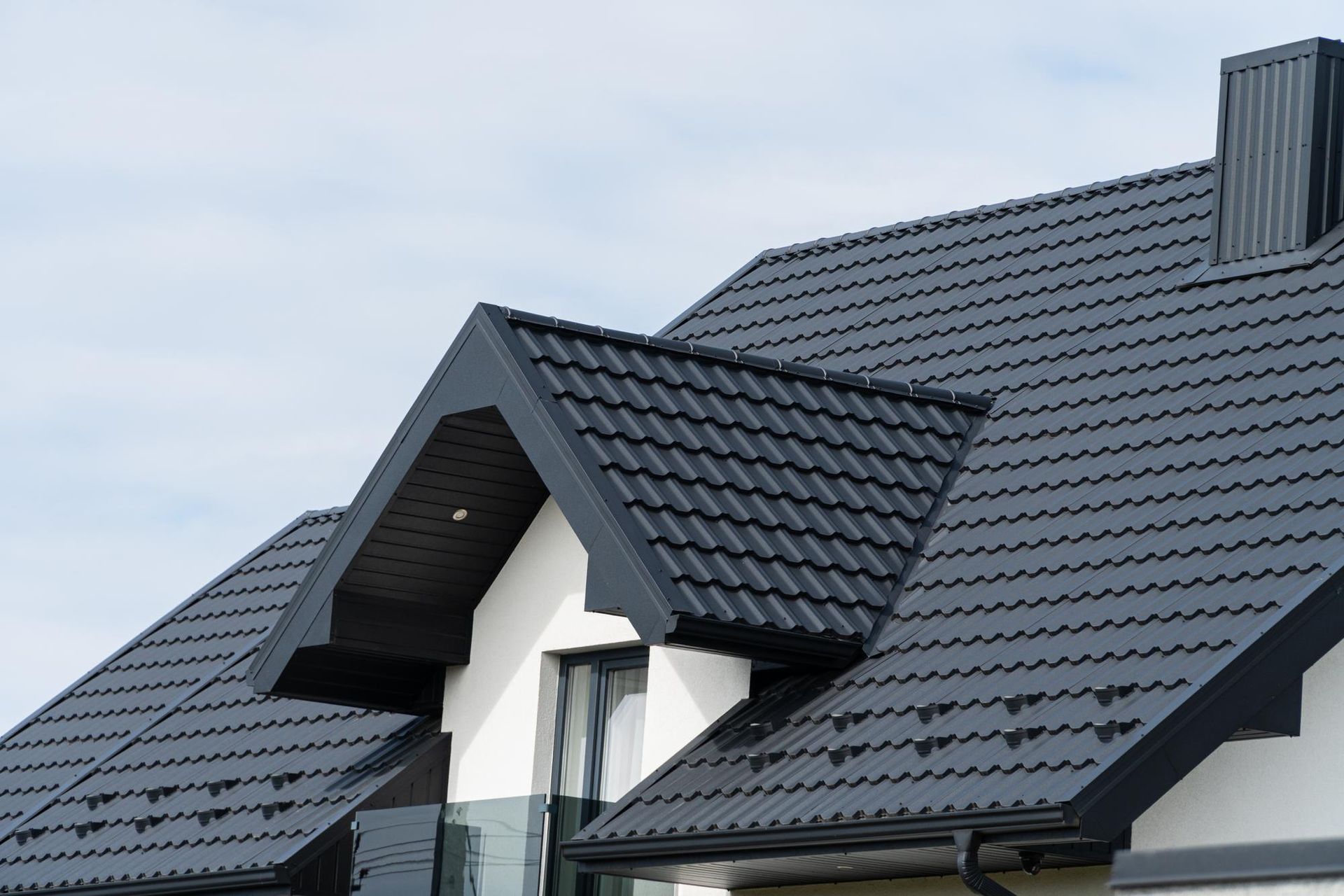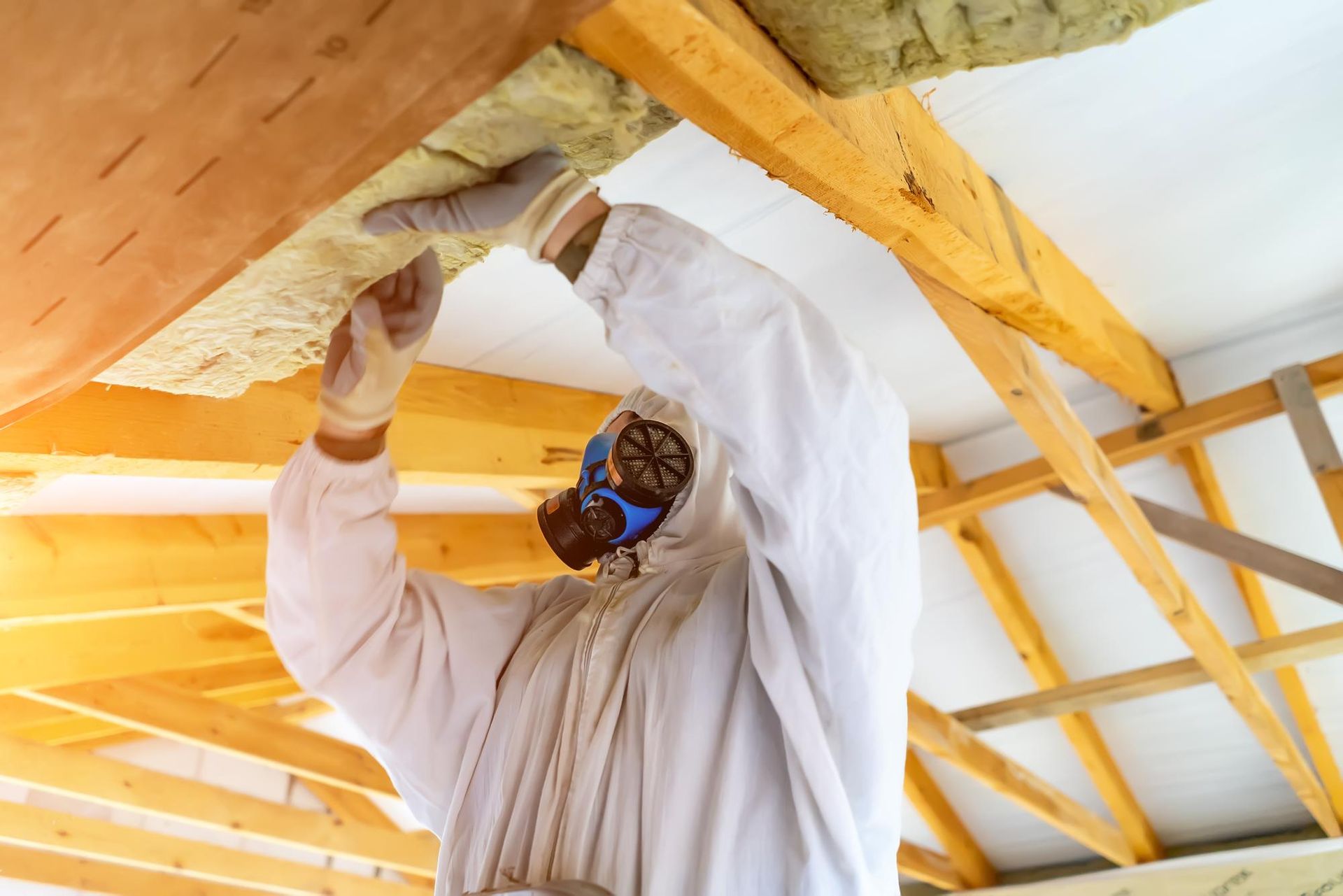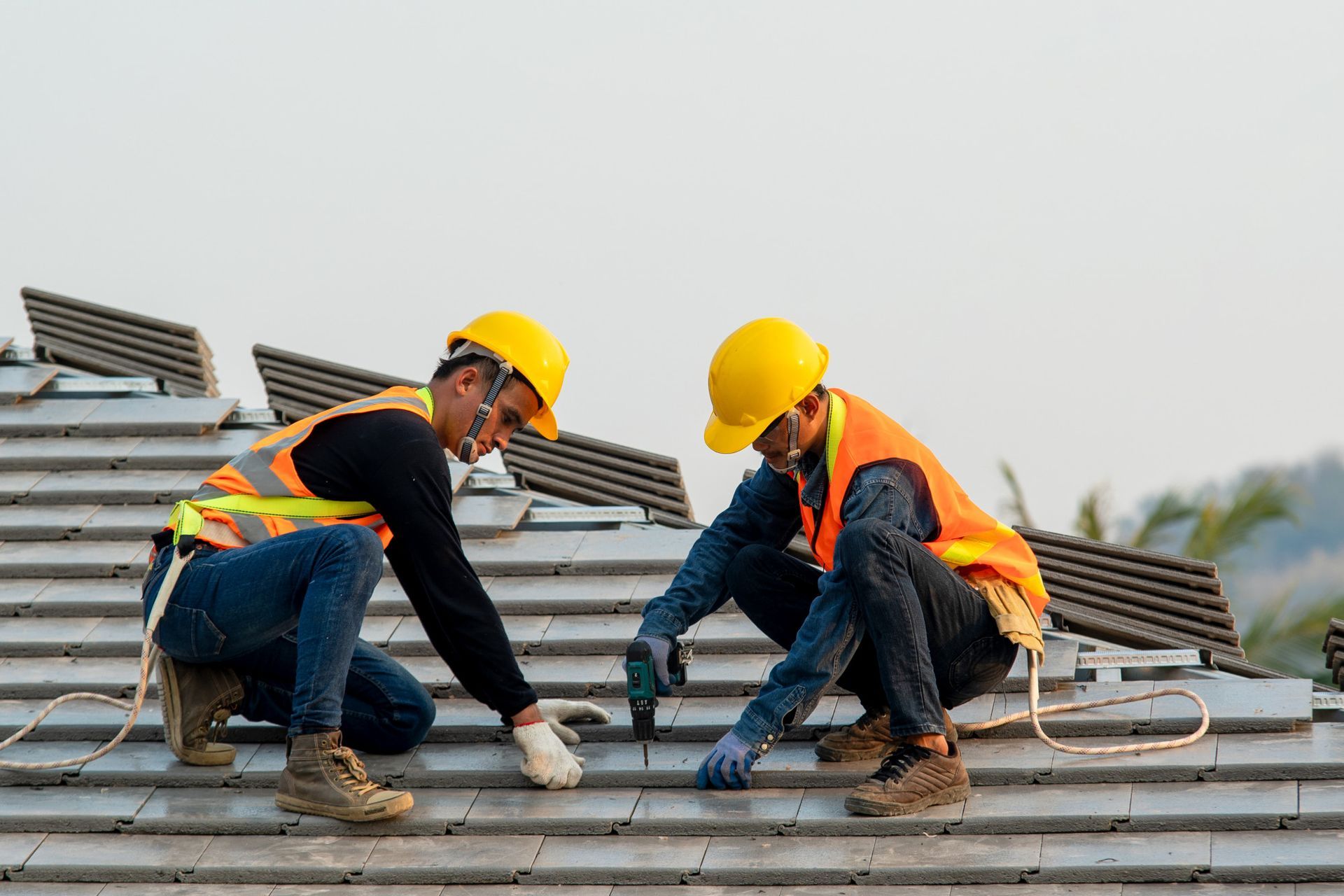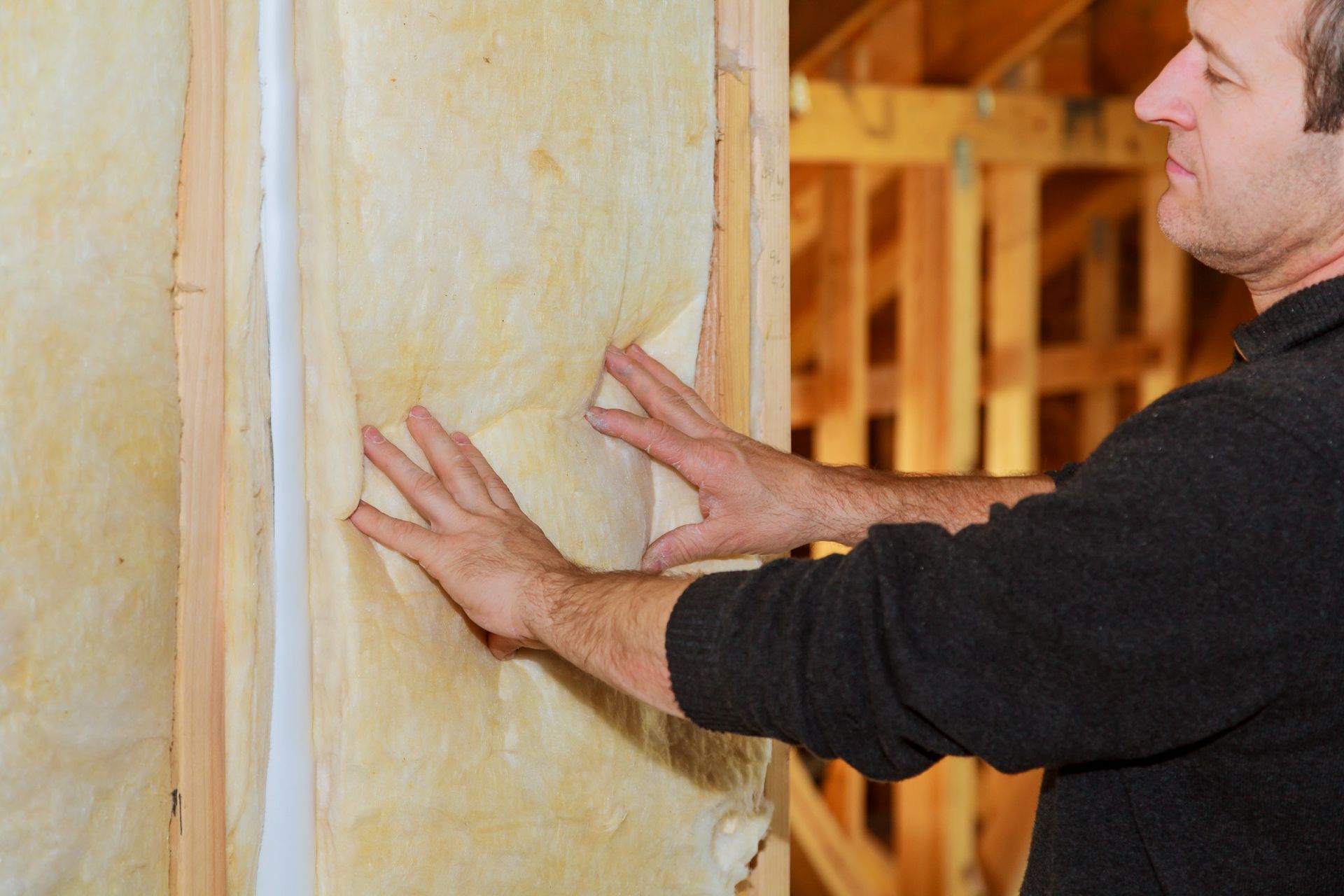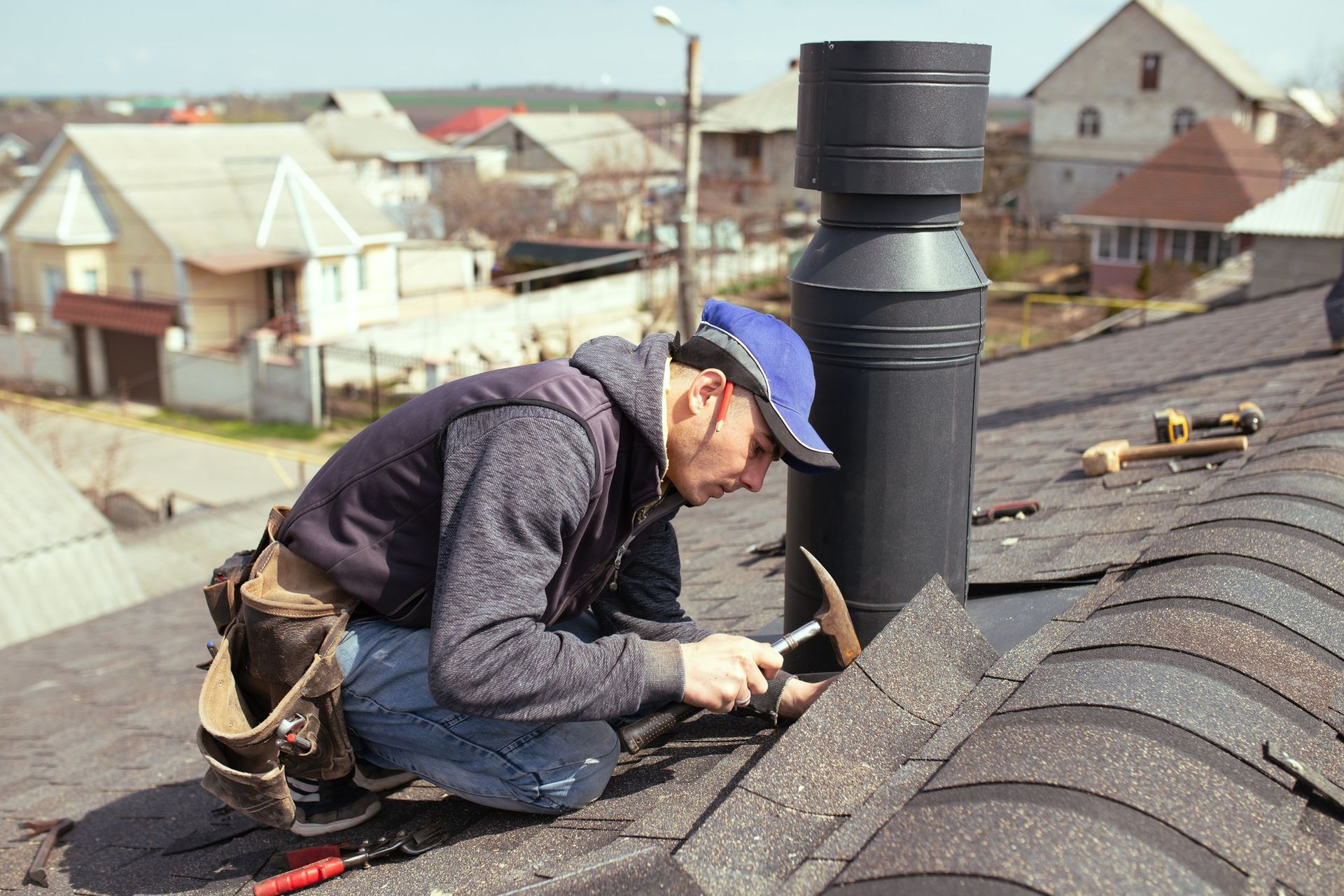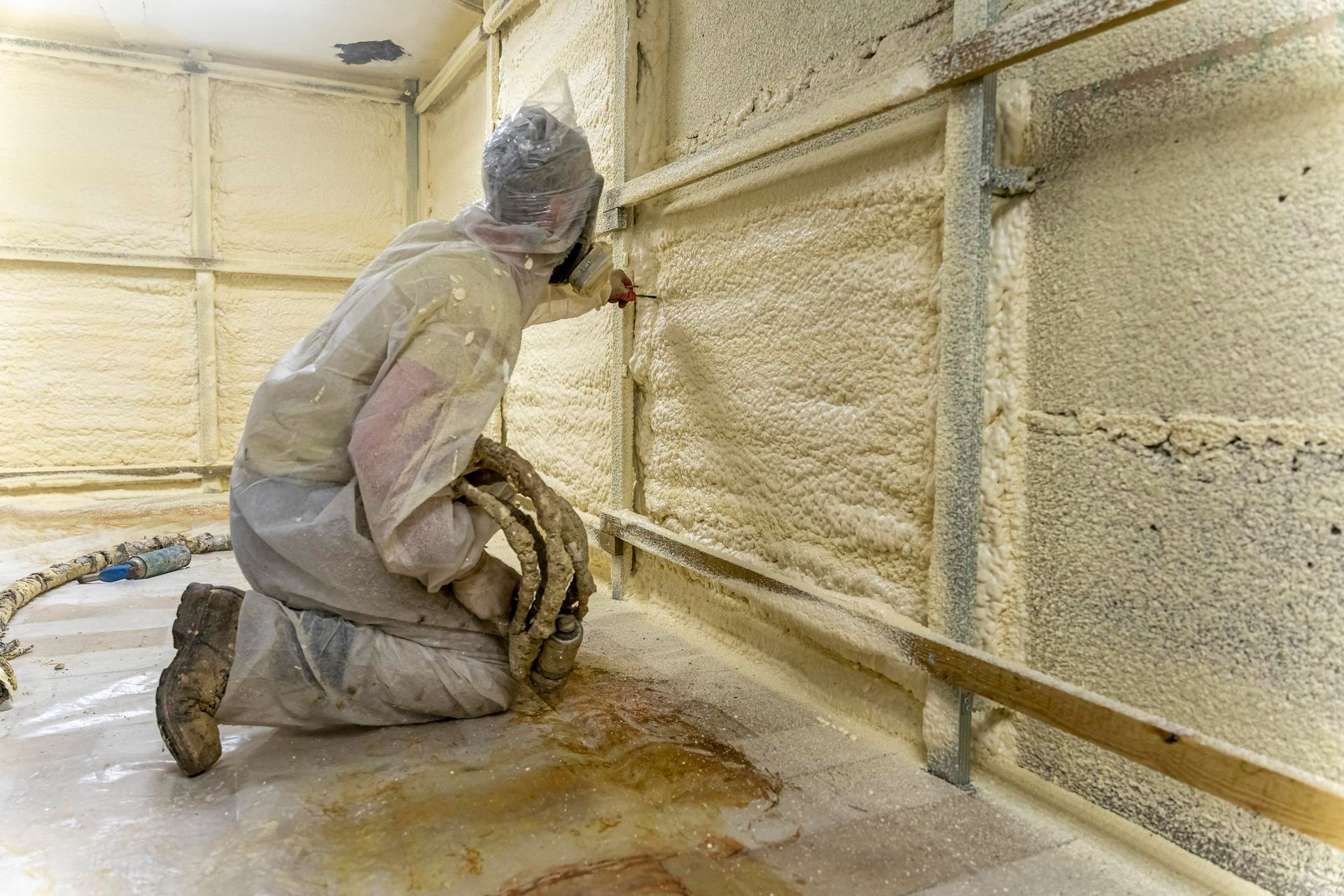CALL US TODAY! (608) 330-3626 OR (608) 530-5323
CALL US TODAY! (608) 330-3626
The Impact of Climate on New Construction Roofing
When embarking on new construction projects, one of the critical elements that demands careful consideration is the roofing. New construction roofing isn't just about choosing the right materials or colors; it's about understanding how your roof will stand up to the local climate. Whether it's the scorching heat of summer, the relentless pour of the rainy season, or the icy grip of winter, each climate poses unique challenges to roofing materials and designs. In this article, we dive deep into the impact of climate on new construction roofing, guiding you through the essentials of making climate-wise choices that ensure durability, efficiency, and style.
The Role of Climate in Roofing Material Selection
Choosing the right materials for new construction roofing is a decision that goes beyond aesthetics and cost. The climate where your building stands plays a pivotal role in determining the most suitable roofing material. For instance, in areas that experience heavy snowfall, a metal roof can be a wise choice. Its slick surface helps snow slide off easily, preventing dangerous build-up. On the other hand, clay tiles might be the go-to option for roofs in hotter, drier regions. Not only do they reflect sunlight, keeping the building cooler, but they're also incredibly durable against the baking sun. But it's not just about the extremes. Even in moderate climates, selecting materials that can handle the occasional storm or heatwave is crucial for the longevity of your roofing.
Climate-Specific Design Considerations for Roofing
When planning new construction roofing, it's essential to tailor the design to the local climate to enhance durability, efficiency, and comfort. Here are more detailed aspects of how climate influences roofing design:
Slope and Shape
The slope and shape of a roof play a critical role in its ability to withstand local weather patterns. In areas with heavy snowfall, a steeper slope is preferable as it allows snow to slide off more easily, preventing accumulation and the potential for water damage or structural collapse. Conversely, in regions prone to high winds, such as those experienced in hurricane zones, a more aerodynamic shape, such as a hip roof with four sloping sides, can offer better wind resistance compared to a traditional gable roof.
Material Reflectivity and Color
In hot climates, the reflectivity of roofing materials can significantly impact a building's internal temperature. Materials with high solar reflectance, such as light-colored tiles or metal roofing with reflective coatings, can help in reflecting sunlight away from the building, thereby reducing heat absorption and cooling requirements. This consideration is part of the broader strategy of cool roofing, which is especially beneficial in urban areas where the heat island effect can exacerbate temperatures.
Insulation and Ventilation
Proper insulation and ventilation are crucial in all climates but require different approaches based on local conditions. In cold climates, adequate insulation helps retain heat within the building, reducing heating costs and preventing ice dams on the roof. Ventilation is equally important, as it allows for the escape of warm air from the attic, maintaining a consistent roof temperature. In hot climates, ventilation helps in removing excess heat from the attic, keeping cooling needs in check. The choice of insulation materials and the design of ventilation systems must be optimized for the climate to ensure energy efficiency and comfort.
Water Management Features
In regions with heavy rainfall or melting snow, the roof's ability to manage water is paramount. This includes designing gutters, downspouts, and drainage systems that can handle the volume of water expected based on average precipitation levels. Additionally, in areas prone to ice dam formation, features such as heated gutter systems or ice and water shields can provide added protection against water infiltration.
Durability Against Local Hazards
Beyond the broad strokes of climate, local environmental hazards such as salt spray in coastal areas or potential for fungal growth in humid regions also influence roofing design. Materials and construction methods must be chosen not only for their ability to withstand the general climate but also for their resistance to these more localized challenges. For example, in coastal areas, materials resistant to corrosion from salt spray, such as certain types of metal roofing, can extend the lifespan of the roof.
By integrating these climate-specific design considerations into new construction roofing, builders and homeowners can ensure that the roof not only meets the immediate needs of the building but also stands up to the challenges posed by the local environment over the long term. This tailored approach to roofing design enhances the overall resilience and sustainability of new construction projects, making them better equipped to handle whatever the climate may bring.
Challenges of Roofing in Extreme Weather Conditions
Roofing in areas prone to extreme weather requires meticulous planning and robust construction. Hurricanes, for example, can test the limits of roofing materials and design with their powerful winds and driving rain. In such conditions, it's essential for new construction roofing to incorporate features like wind-resistant materials and secure fastening systems to prevent uplift and damage. Similarly, regions with heavy snowfall demand roofing that can bear the weight of snow accumulation without compromising structural integrity. In scorching climates, the relentless sun can degrade roofing materials over time, making it crucial to choose materials that are resistant to UV radiation and thermal cycling.
Technological Innovations in Climate-Resilient Roofing
The roofing industry has made significant strides in developing materials and technologies that stand up to the rigors of various climates. Innovative products like cool roofing materials, which reflect more sunlight and absorb less heat, are becoming a game-changer in hot climates. These materials can significantly reduce cooling costs and improve indoor comfort. Similarly, in colder regions, advancements in insulation and underlayment technologies are enhancing the thermal efficiency of roofs, helping to keep buildings warm and reducing heating costs. Moreover, the integration of solar panels into roofing materials is not only environmentally friendly but also provides a sustainable energy solution, regardless of the climate.
Best Practices for Climate-Specific Roofing Installation
For new construction roofing to effectively withstand the local climate, proper installation is key. This starts with a thorough assessment of the local weather patterns and building codes, which often provide guidelines for climate-resilient construction practices. In hurricane-prone areas, for instance, roofing systems should be designed to resist high winds, which might include selecting specific materials and employing enhanced fastening techniques. In areas with heavy snowfall, ensuring proper attic insulation and ventilation can prevent ice dams and promote snow melt, reducing the risk of water damage. Furthermore, regular maintenance and inspections play a crucial role in identifying and addressing any vulnerabilities in the roofing system before they lead to significant issues.
The Future of Climate-Adaptive Roofing in Construction
As our climate continues to change, the importance of adaptable and resilient roofing in new construction cannot be overstated. The future of roofing is likely to see even greater emphasis on sustainable and eco-friendly materials that offer superior performance in the face of climate challenges. Innovations such as green roofs, which provide natural insulation and reduce runoff, and smart roofing systems, capable of adapting to changing weather conditions, are set to become more prevalent. Additionally, as the focus on energy efficiency grows, the integration of renewable energy technologies into roofing designs will likely become standard practice.
Conclusion
The impact of climate on new construction roofing is a multifaceted issue that encompasses material selection, design considerations, and the challenges posed by extreme weather. By embracing technological innovations and adhering to best practices for installation, builders and homeowners can ensure that their roofing systems are not only climate-resilient but also energy-efficient and sustainable. As we look to the future, the continued evolution of roofing materials and techniques promises to provide even greater protection and performance, making new construction roofing an exciting field to watch.
At
Weather Seal Insulation and Roofing, LLC, we understand the nuances of creating roofing systems that stand up to the challenges posed by the local climate here in Janesville, WI. Our expertise in selecting the right materials and employing the most effective design and installation practices ensures that your new construction roofing is not just a shelter but a long-term investment in comfort, efficiency, and resilience.
We've navigated through the critical aspects of new construction roofing in the context of climate impact, shedding light on how the right approach can lead to successful outcomes even in the face of environmental challenges. Remember, whether you're dealing with the heat, the cold, or the storm, the key to effective roofing lies in understanding and adapting to the climate. With Weather Seal Insulation and Roofing, LLC, you're choosing a partner committed to excellence in every project we undertake.
For a consultation or to learn more about how we can help with your new construction roofing needs in Janesville, WI, feel free to give us a call at
(608) 330-3626. We're here to ensure that your roofing system is ready to face the elements, providing you with peace of mind and a comfortable, safe living environment.
FAQ’s
-
What roofing materials are best for a hot climate?
In hot climates, materials that reflect sunlight and emit heat effectively are ideal. Cool roofing materials like light-colored tiles, metal roofing, and specially designed shingles that reflect more sunlight can help keep buildings cooler and reduce air conditioning needs.
-
How can I make my roof more resistant to hurricane damage?
To enhance hurricane resistance, consider installing a roofing system designed to withstand high winds. This might include using hurricane straps, choosing wind-resistant shingles, and ensuring that the roof deck is securely fastened to the walls. Regular inspections to check for and repair any damage can also improve resilience.
-
Can green roofs be used in any climate?
Green roofs are versatile and can be adapted to most climates with the right design. In colder climates, they provide extra insulation, while in warmer areas, they help cool the building. The key is selecting the right plants and ensuring proper waterproofing and drainage.
-
What is the best roofing choice for areas with heavy snowfall?
In regions prone to heavy snowfall, it's crucial to choose a roofing material and design that can support the weight of the snow and allow it to slide off easily. Metal roofs and steeply pitched roofs are often recommended for their ability to shed snow.
-
How often should I inspect my roof in extreme weather regions?
In areas with extreme weather conditions, it's advisable to inspect your roof at least twice a year — once before the season with the most severe weather (like before hurricane or winter season) and once after. This helps identify and address any potential issues that could be exacerbated by harsh weather.
Get in Touch Today
Professional, dependable, affordable—why wait? If you need quality work from a qualified roofer, we are the company to call. We’ve helped countless clients keep their property protected while saving time and money. We know we can do the same for you too.
Hours of Operation
- Mon - Thu
- -
- Friday
- -
- Sat - Sun
- Appointment Only
Emergency Service
All Rights Reserved | Weather Seal Insulation and Roofing, LLC

